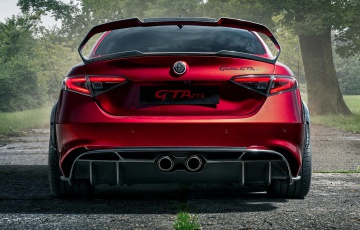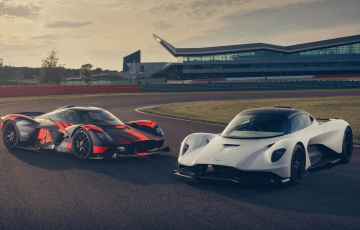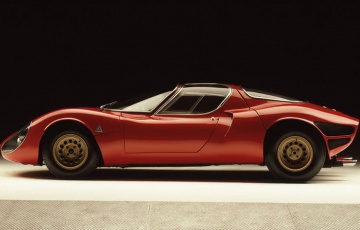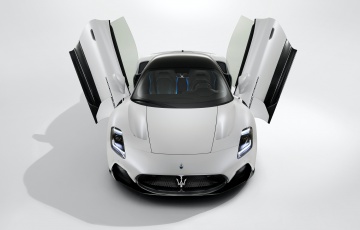The Alfa Romeo 33 Stradale is an utterly gorgeous limited-run sportscar
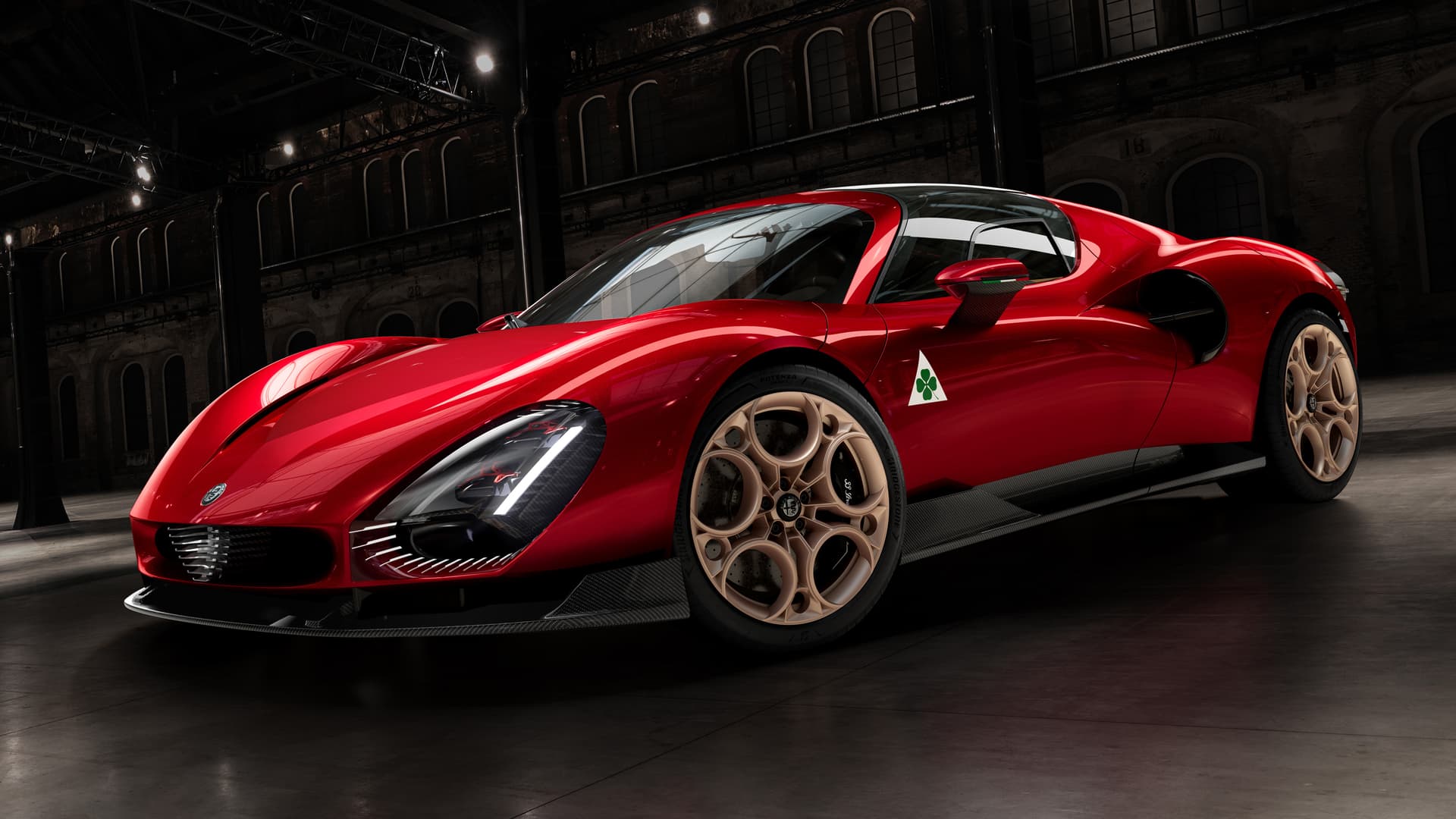
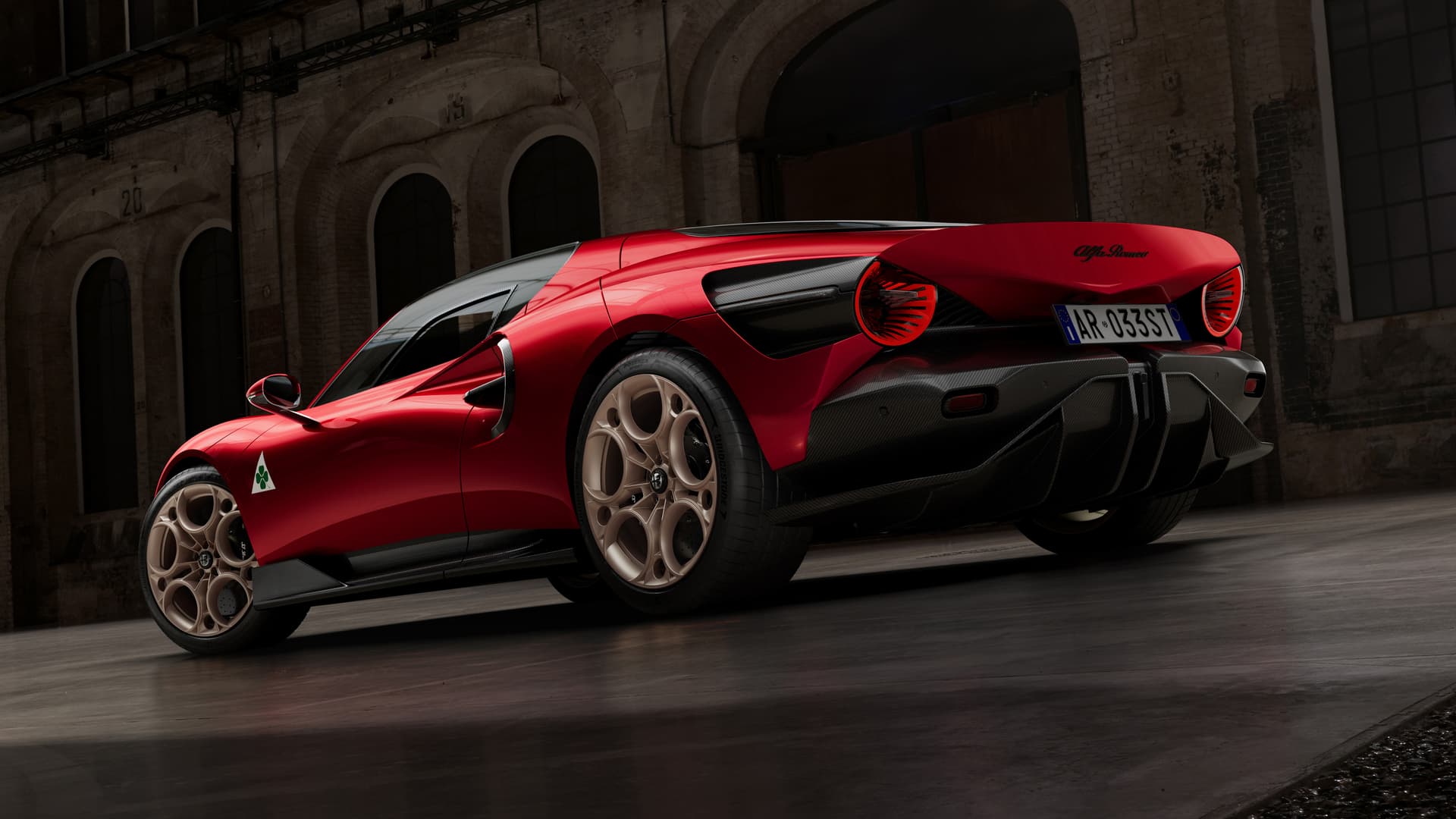
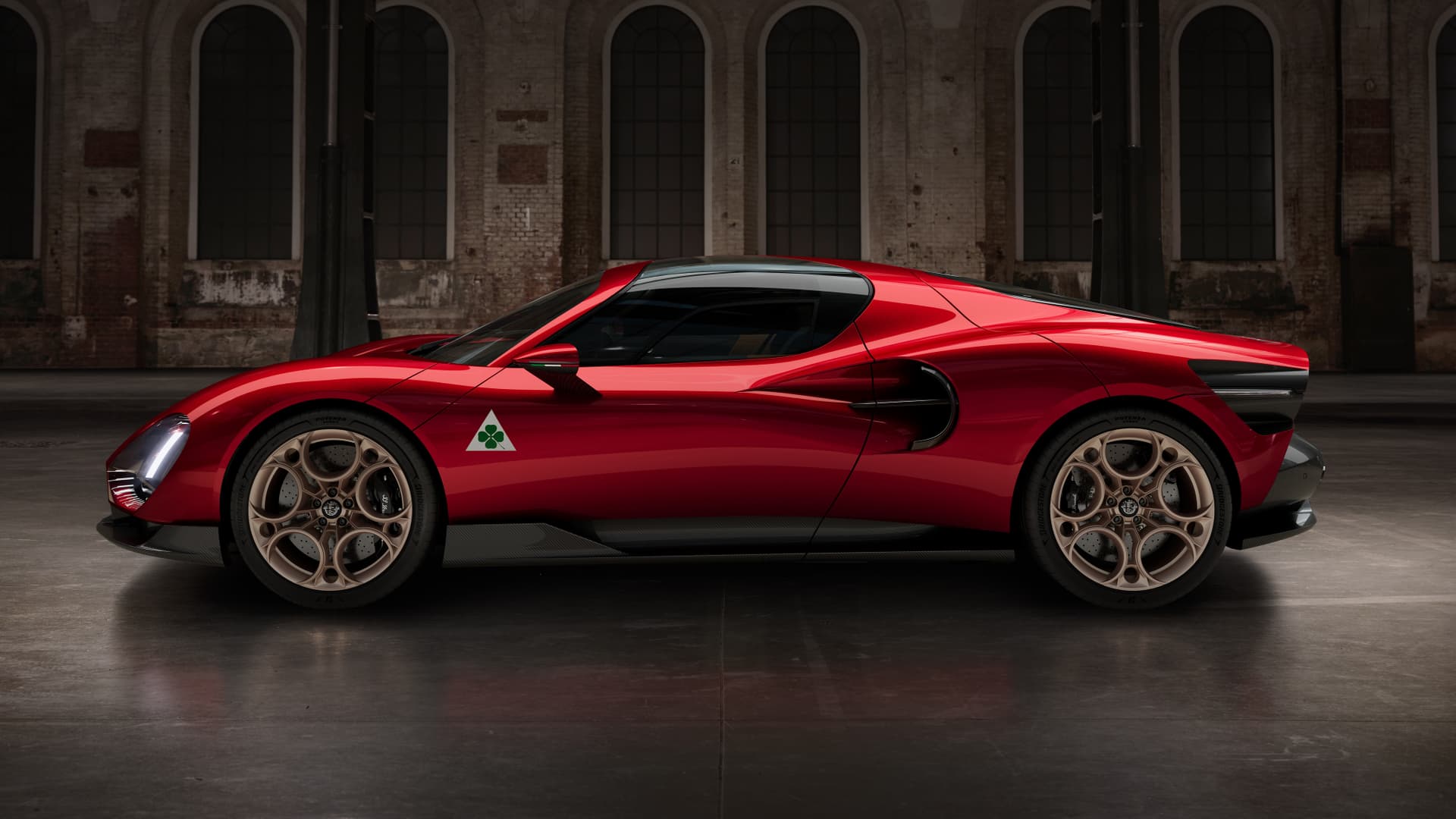
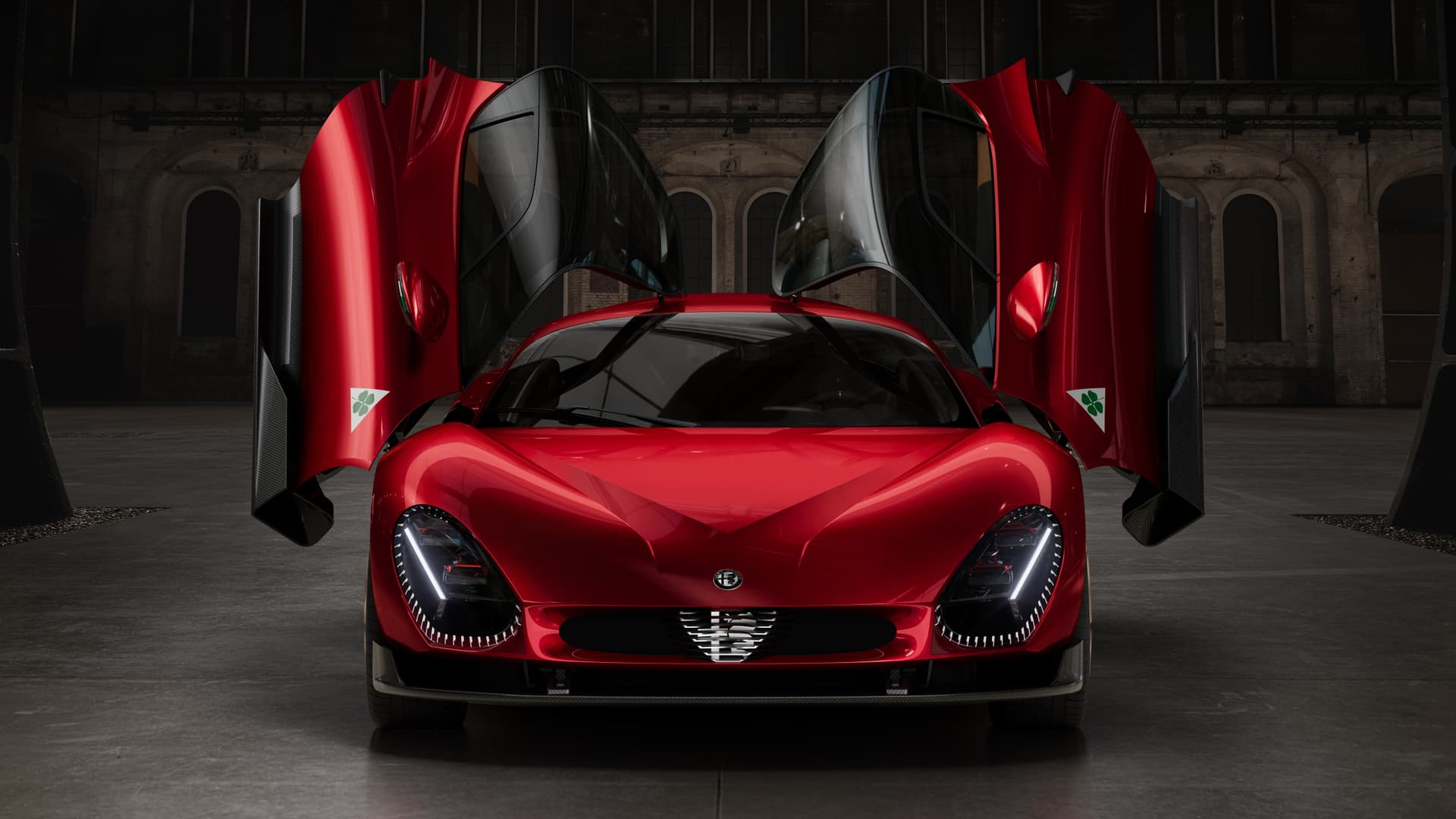
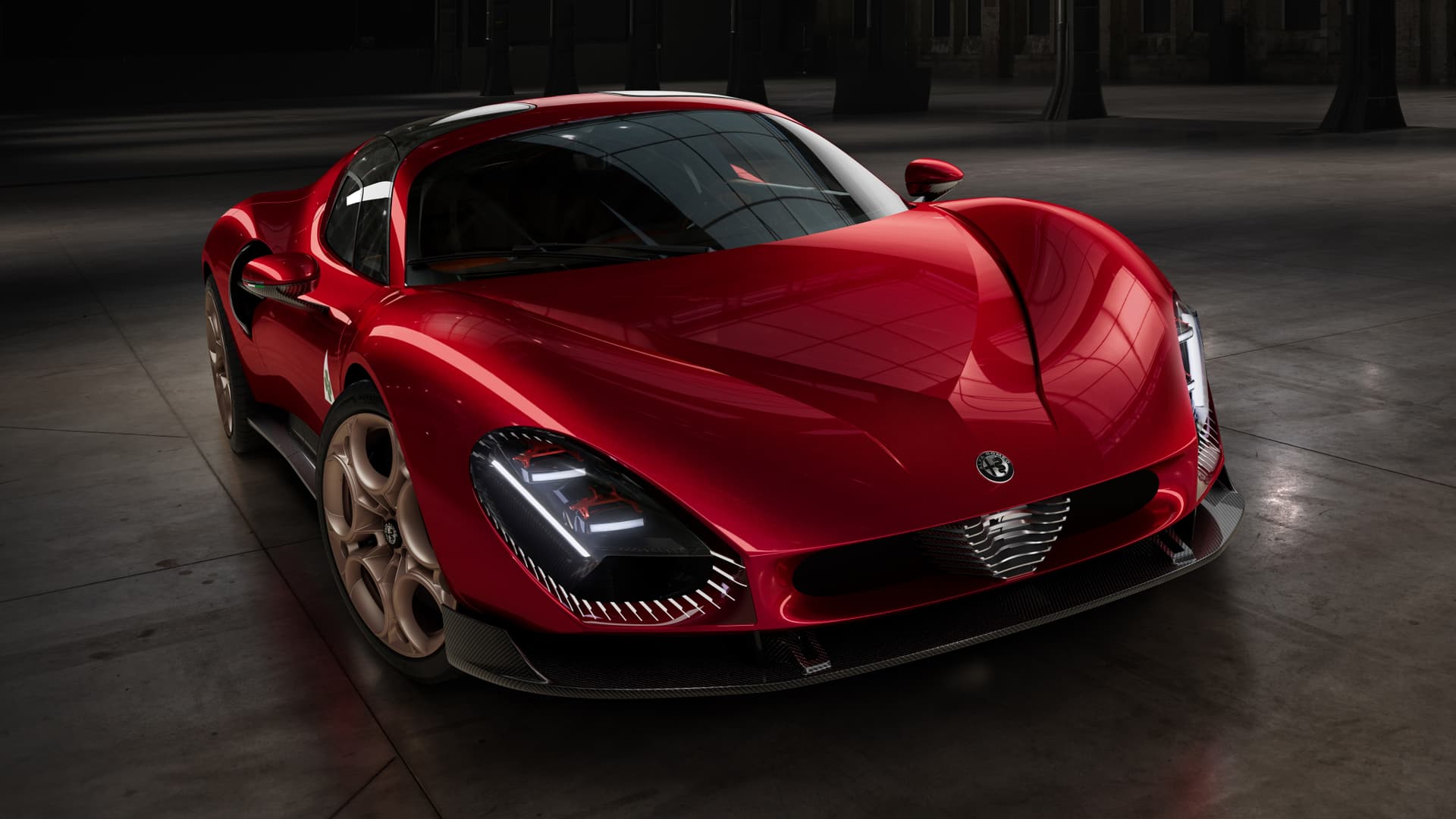
You’ve got to love Alfa Romeo, right? It’s just one of the immutable automotive laws. There are too many great cars to list here, up to and including the current Giulia Quadrifoglio.
Yet sales splutter and Alfa’s grand ambitions are perpetually thwarted. This is a love that’s constantly being tested.
Now meet the new 33 Stradale, a mid-engined, 620bhp ‘fuoriserie’ (limited edition) super sportscar whose debt to its Sixties forebear is so strong they haven’t even bothered to change the name.
With a heritage as potent as this, why not just lean into it?
“The new 33 Stradale has been designed to enhance our identity, elevate our aspirations, and embody our DNA and values,” says Alfa Romeo CEO Jean-Philippe Imparato.
“It is the brand’s first custom-built car since 1969, and I promise it will not be our last. It brings Alfa Romeo back into the ‘Supercar Club’, of which we were one of the founding members. We wanted to create something that lived up to our past, to serve the brand and to make the Alfisti fandom proud.”
Let’s park Alfa’s long-held desire to be Italy’s BMW and take this thing at face value, shall we? It’s directly and unashamedly inspired by 1967’s near-unicorn, the 33 Stradale, designed by the maestro Franco Scaglione, and nothing less than one of the best-looking cars ever.
The original was created to spearhead Alfa’s return to front-line racing and was the first in a series of unassailably cool competition machines (see the Tipo 33 bloodline).
This all happened under the leadership of the great Carlo Chiti, reporting to Alfa Romeo CEO, the engineer and polymath Giuseppe Eugenio Luraghi. These are two of the greatest characters in automotive history.
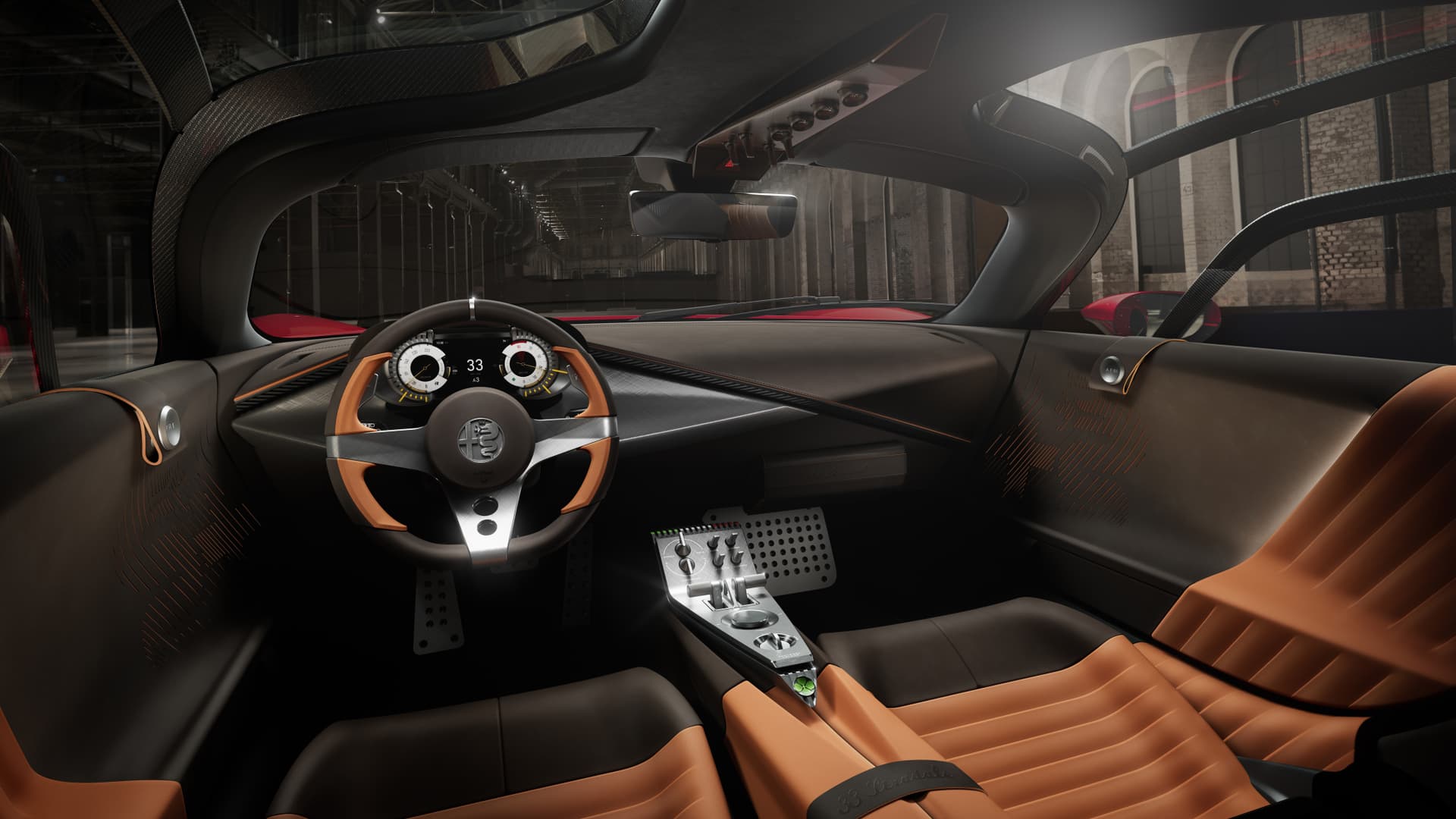
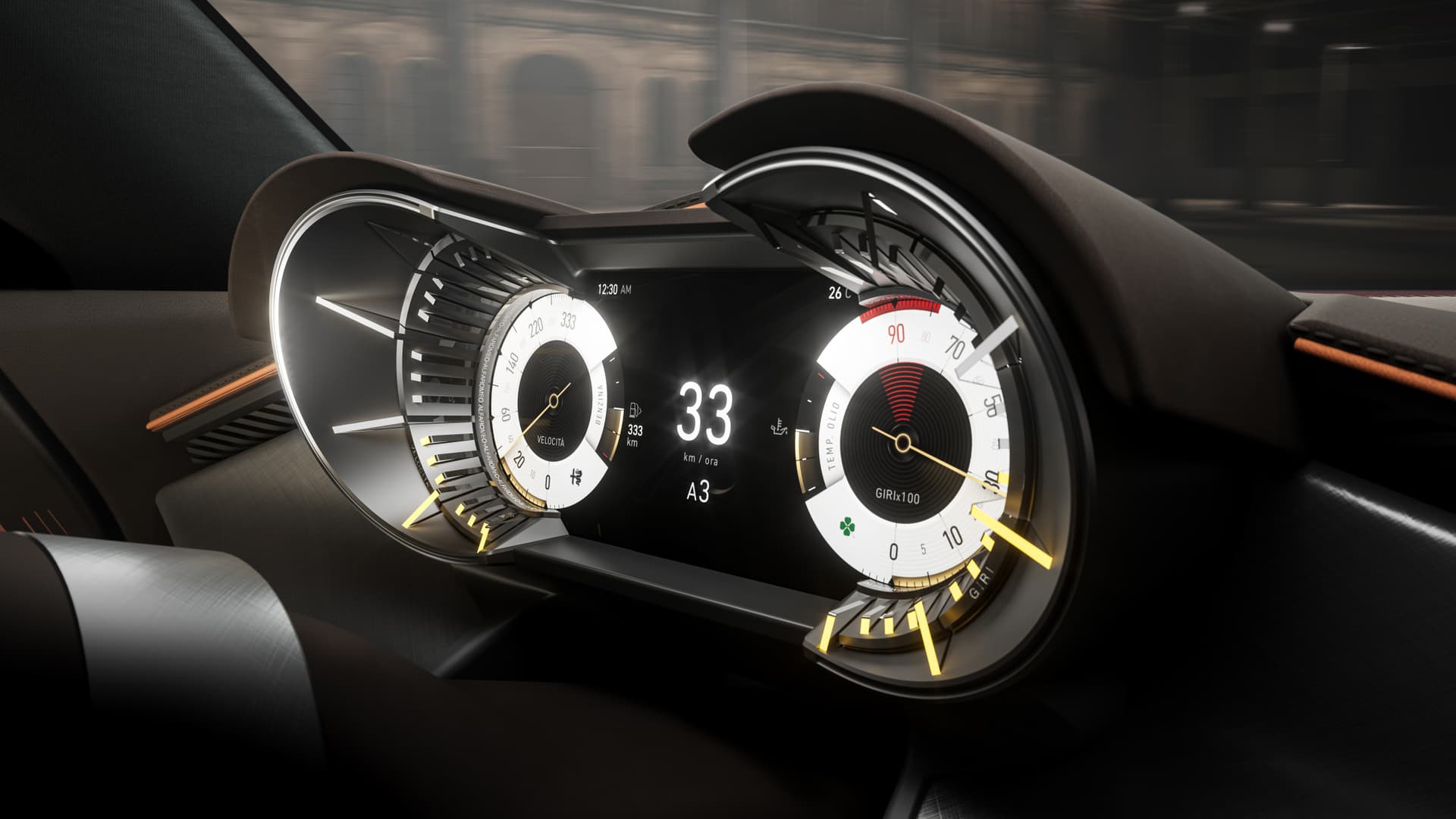
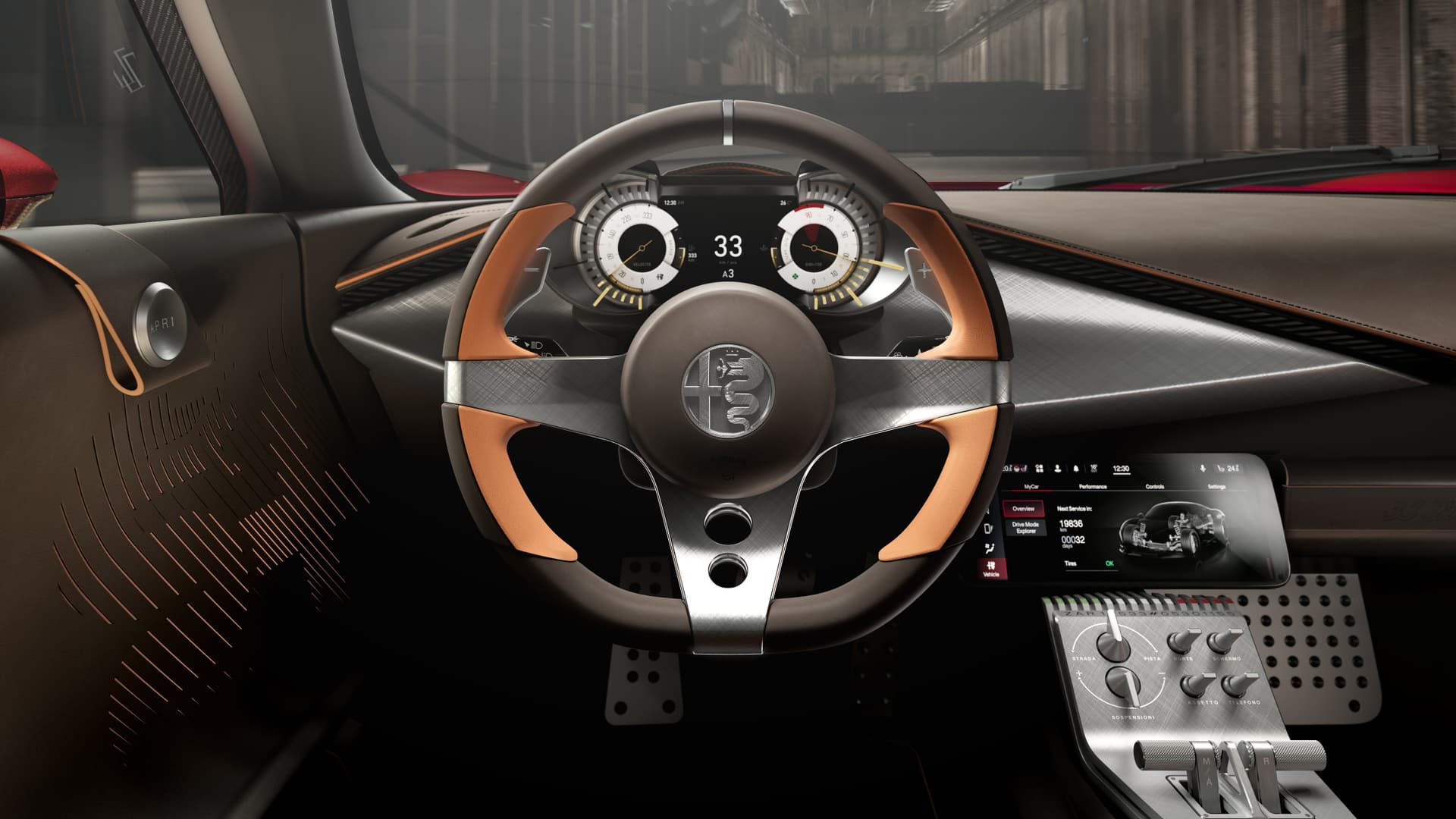
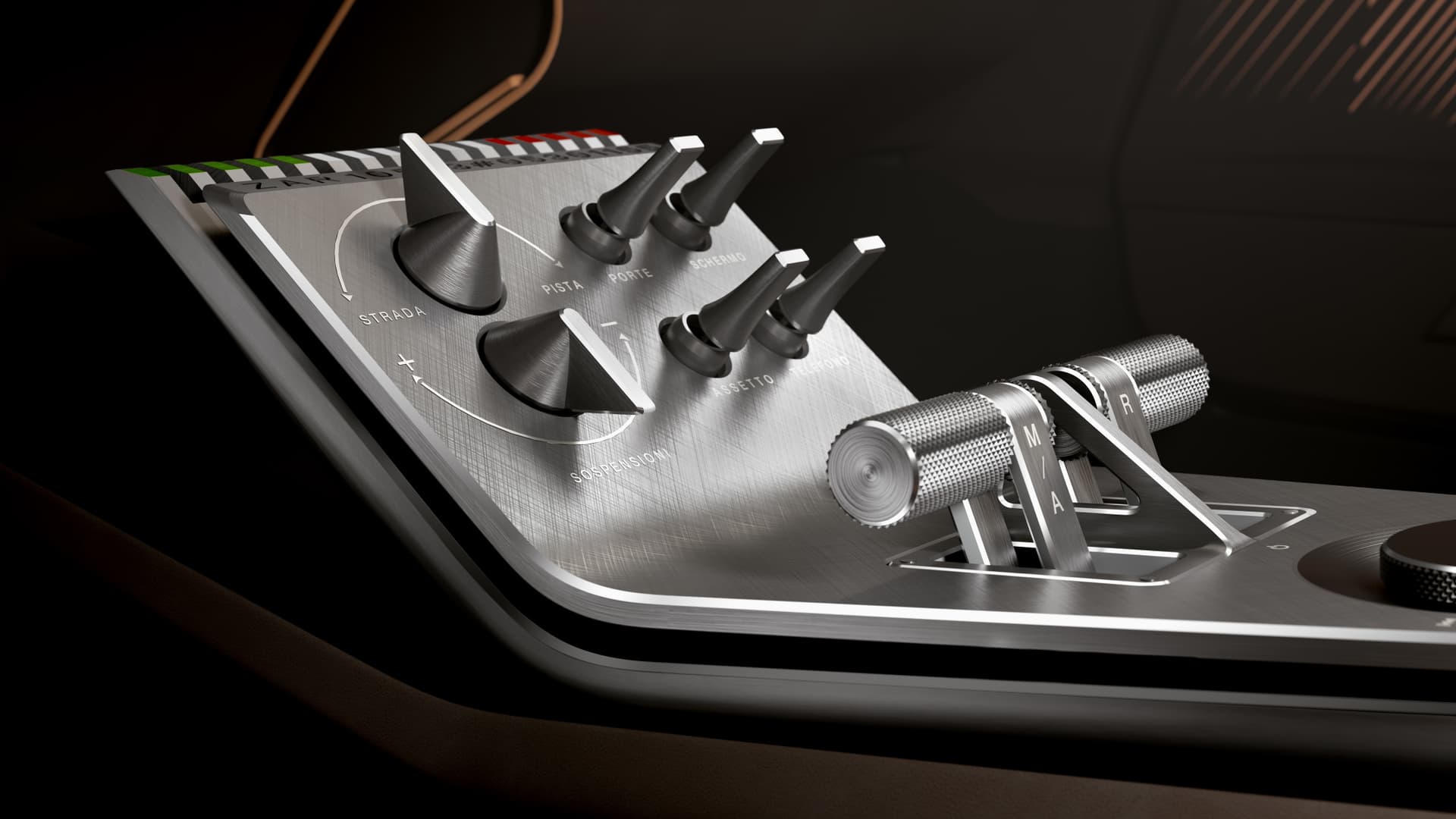
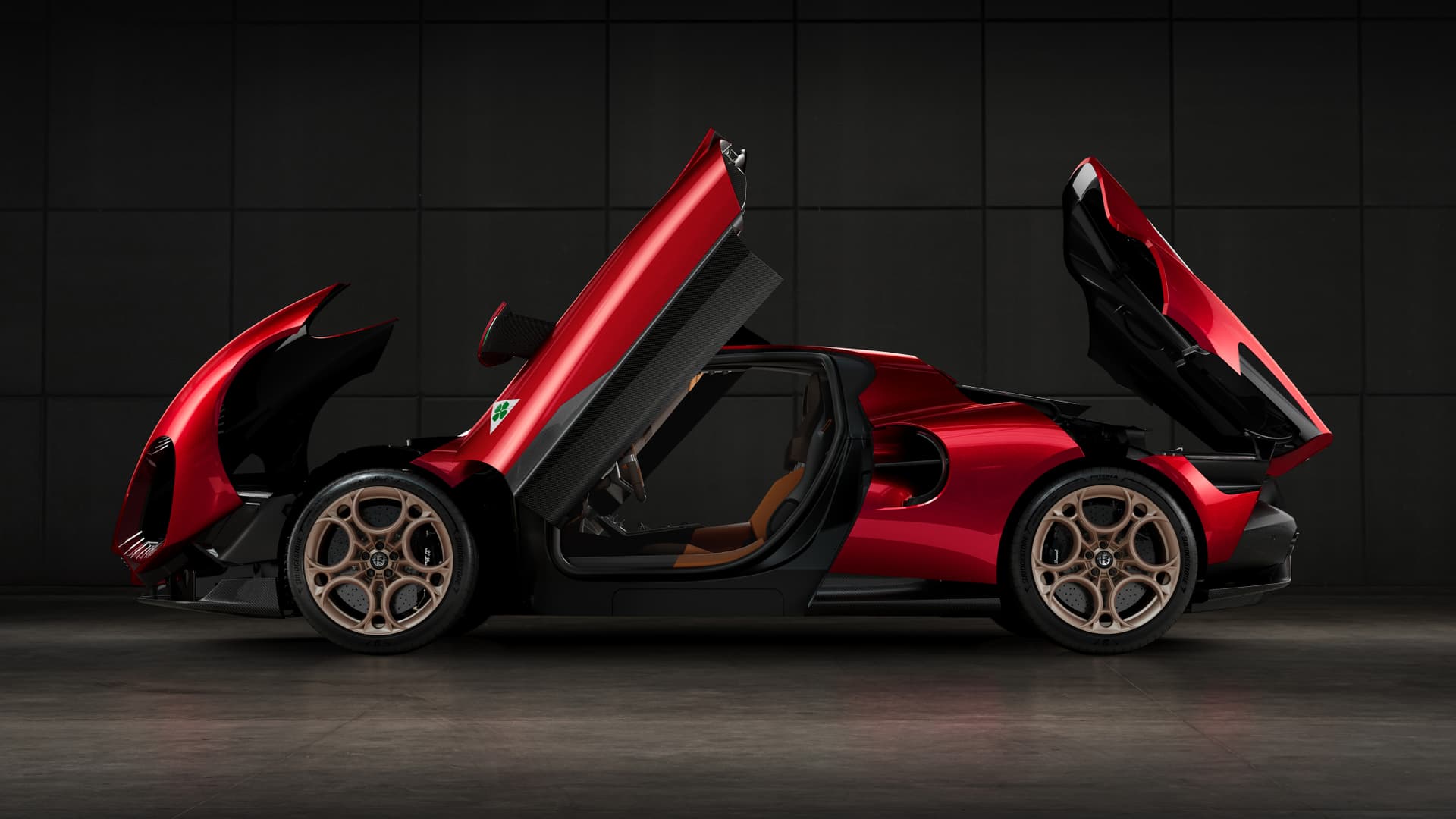
The new car, somewhat intriguingly, can be had with either a 3.0-litre, twin-turbo V6 making 620bhp or as a BEV that will most likely run three electric motors for more than 750bhp (Alfa is keeping its powder dry on the exact details for now.) It uses a carbonfibre monocoque with aluminium front and rear subframes.
And it will be manufactured in a limited run of just 33 cars by celebrated Milanese carrozzeria, Touring Superleggera for maximum personalisation. There’s no word yet on the ICE/BEV split, though we reckon almost all buyers will go for the former; perhaps only a single tri-motor version will be built…
Either way, that’s almost twice as many units as the original – only 18 were made – a handful of which were used to underpin some of Italy’s coolest concept cars (1968’s Alfa Romeo Carabo and ’69’s Iguana, to name two).
The new 33 Stradale signals some important evolutionary steps for the company. It’s the creation of Bottega, a kind of skunkworks that Alfa Romeo says was inspired by Renaissance workshops and Sixties coachbuilders.
A bespoke department, in other words, based in a special room in the Alfa Romeo museum in Arese.
Potential customers were invited to a secret preview in Monza during last year’s Italian GP, where plump wallets were no doubt swiftly prised open (all 33 cars have been snapped up).
But as well as being a high-end brand-building exercise, this is also a manifesto for Alfa’s future visual direction under the auspices of Head of Design, Alejandro Mesonero-Romanos.
“The 33 Stradale project has come about as a result of the passion and dedication of a small team of designers and engineers at the Alfa Romeo Centro Stile,” he asserts.
“The design is inspired by Franco Scaglione’s masterpiece of 1967, with a bold look to the lines of future Alfa Romeo models. [It is] a true manifesto of essential beauty.”
Channelling the spirit of a car as beloved as the original 33 Stradale is not a quest for the faint-hearted: look at the way Marcello Gandini publicly and petulantly dissed 2022’s limited run Lamborghini Countach LPI 800-4.
Would we prefer an all-new Alfa Romeo supercar to posit an all-new design language? Perhaps.
But you can’t deny that Centro Stile and the Bottega guys have done a straight-up job here. The front end sees an integrated nose and wing volume the Italians call a cofango, pleasingly short and almost stubby on the new car, while a strong V-shaped section adds tension to the softer elements.
The Alfa scudetto – shield – is present and correct, but it’s rendered here in carbonfibre and can be ordered in classic form or in a 3D iteration. LEDs add a new graphic to headlights whose shape is close to the original.
“The new 33 Stradale has been designed to enhance our identity, elevate our aspirations, and embody our DNA and values,” says Alfa Romeo CEO Jean-Philippe Imparato.
Other highlights include large top-hinged butterfly doors and wraparound glass; the roof is made of carbonfibre and aluminium. The side intakes are more pronounced than on the original and a little chaotic, but they have work to do feeding air to the intercoolers.
Things get more interesting at the rear, where another V-section draws the eye to a point above the centre of a carbonfibre diffuser. More dramatic still are the rear lights whose cylindrical form cuts deep into the rear wing.
Yes, it’s almost religious in the way it keeps faith with the ’67 car, but you’d need to be stony-hearted not to feel a little fizz here.
Technical information remains opaque, but safe to say that fiscal pragmatism means the new 33 Stradale is not wholly ‘new’. That said, the Stellantis parts bin is pretty well-stocked these days.
Alfa says the engine is an evolution of the Giulia QF’s excellent 2.9-litre V6, hooked up to an enhanced 8spd DCT gearbox. Top speed is a claimed 330km/h, zero to 100km/h taking less than three seconds.
The electric version is similarly rapid, with a range of around 450km. There’s also an active rear axle. A ‘Strada’ mode is for less frenetic everyday driving, with a more compliant ride from the multi-link suspension and active dampers, and exhaust valve actuation only above 5,000rpm.
‘Pista’ mode tightens everything up in all the expected parameters, but also adds a ‘FastStart’ function via a Quadrifoglio button on the centre console. Braking is by Brembo, with carbon-ceramic discs. Alfa Romeo F1 driver Valterri Bottas is part of the development team.
Inside, less is definitely more. Perhaps even definitively because the emphasis here is on tactility rather than technology. The wheel is a gorgeous three-spoke item utterly devoid of any buttons. The dashboard itself sweeps across the cabin with an intersection ahead of the passenger, while the air vents are hidden.
There’s a simple but clear ‘3D telescopic’ instrument panel, and a small retractable multi-media screen. That plays second fiddle to the mechanical switches (they’re anodised aluminium) on the centre console that govern the start procedure, drive mode and transmission.
There’s another panel on the roof, deepening the aviation aspiration. Those amazing doors and the amount of glass used delivers a genuine cockpit feel. The rear window is made of polycarbonate.
Two different basic interior treatments are available. Tributo uses leather and aluminium with two-tone biscuit leather and slate, which is also used in the seats, dashboard, door panels and central tunnel.
Alfa Corse is the more overtly sporting option, with a preponderance of carbonfibre and Alcantara. Colour options include Pastel Rosso Alfa, a royal blue, and a clearcoat Rosso called Villa d’Este. In addition, you can order the car in white and red, a nod to the Tipo 33 race livery.
Owners can also play around with the carbonfibre elements, and the Alfa Romeo signature on the rear is available in black, gold, or silver. But if Alfa is true to its Bottega mission statement, anything is possible. The cost of all this? Somewhere in the region of €1.7 million. And that's before tax.
Yes, we remember the Noughties 8C Competizione. And yes, the ‘new’ 33 Stradale is another Alfa Romeo that looks back in order to go forwards. The future may not be what it once was, but when a car looks this good, are you bothered?
STORY Jason Barlow






